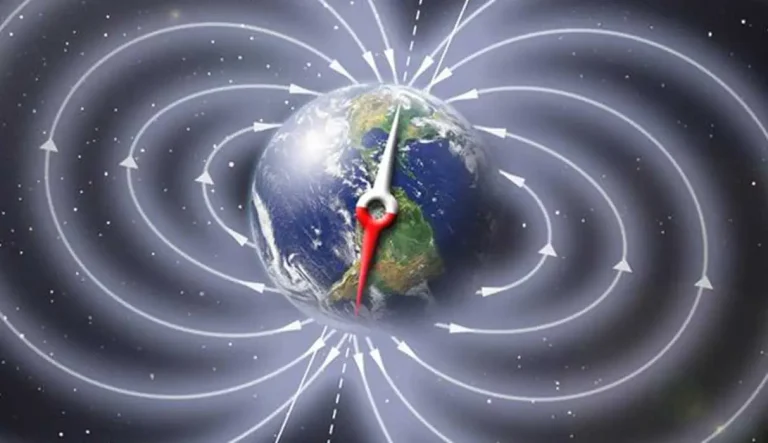A 15-pound lithium-ion battery holds about the same amount of energy as a pound of oil. To produce that battery requires 7,000 pounds of rock and dirt to obtain the minerals that are needed for its manufacture. The average EV battery weighs around 1,000 pounds. The mining and factory processing needed to produce an electric vehicle results in a lot more carbon dioxide emissions than a gas-powered car, so electric vehicles have to be driven around 50,000 to 60,000 miles before there is a net reduction in carbon dioxide emissions. The federal government requires batteries to be warranted for at least 8 years or 100,000 miles. After that, if the batteries need replacing, more energy demand would be required.
And battery problems will persist for the life of the vehicle.
Besides the energy needed for industrial activity, there will be more demands placed on the grid to charge the electric vehicles. That energy is unlikely to come from solar panels and wind turbines, which are weather-driven and provide power intermittently. While renewables are a source of “auxiliary supplemental power,” they need a solid base load to ensure the reliable energy supply such factories require.
The US government allotted $7.5 billion to erect a network of thousands of EV charging stations nationwide. This money was disbursed nearly 3 years ago to all the states. As of now, 3 years later, a total of eight (8) charging stations have been installed. Eight stations, not locations. A location can hold between 8 to 40 charging stations. This is one of the biggest ripoffs of Biden’s administration. At this point, it has cost U.S. taxpayers a little over $937 million per charging station.
A few hundred million here and a few hundred million there and pretty soon you’re talking about real money!
8 EV Charging Stations cost $7.5 BILLION. Let that sink in for a minute or three.


